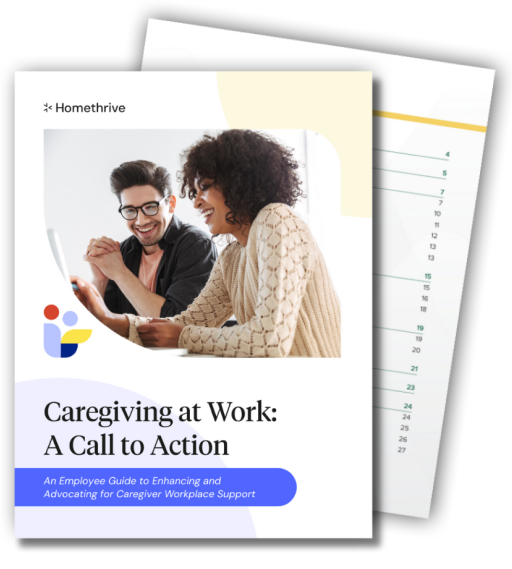Discussions regarding the future of work have been floating around for the past year or so as companies grapple with crafting return-to-office and hybrid work plans. But the pandemic changed the way people work and feel valued. What worked in the past, perhaps won’t work now.
We’ve gathered some of the most recent and compelling stats to help you understand what’s best for your company and your employees.
For some, hybrid or remote work environments are simply not an option. For example, in-person employees such as hospital employees or manufacturing workers represent 60% of the workforce, yet due to the nature of their work, they cannot work in a hybrid or fully remote environment.
Out of the 40% of those who can work from home, 70% prefer to work remotely. These employees report:
- Greater productivity
- Better work-life balance
- Time saved by avoiding lengthy commutes
- Stress reduction
- Clearer mindset
- Increase in exercise and physical well-being
Employees feel strongly about the option to work remotely. After a year of pandemic-induced remote working, a Pew report revealed that 60% of women and 52% of men would quit if employers required them to be in the office every day.
Many employers did require employees to work full-time in the office when pandemic restrictions subsided. In turn, employees responded with their resignations. In 2021 alone, 47.4 million workers voluntarily resigned, as discussed in “The Big Quit.”
Remote and hybrid options are now the new norm and an important strategy to decreasing turnover and increasing talent retention. Only 32% of companies are open to hybrid or work-from-home models. Implementing such a program would make your company stand out.
If 1 out of 5 employees in the US are caregivers, then a remote or hybrid work option would certainly help with turnover, burnout, stress, and mental health issues. It would also decrease not only real estate costs, but also healthcare costs since your employees would be happier and healthier.
Family caregiving is no easy task. On average, caregivers spend 23.7 hours per week providing care. Such responsibilities can lead employees to quit, retire early, or reduce their hours to part-time.
Remote and hybrid work models can provide workers with the flexibility they need, but it doesn’t completely solve the caregiving crisis. A family caregiving benefit is a necessity and the center of the employee benefits ecosystem.
Liked this blog? Share it with your LinkedIn connections and subscribe to our weekly newsletter.







